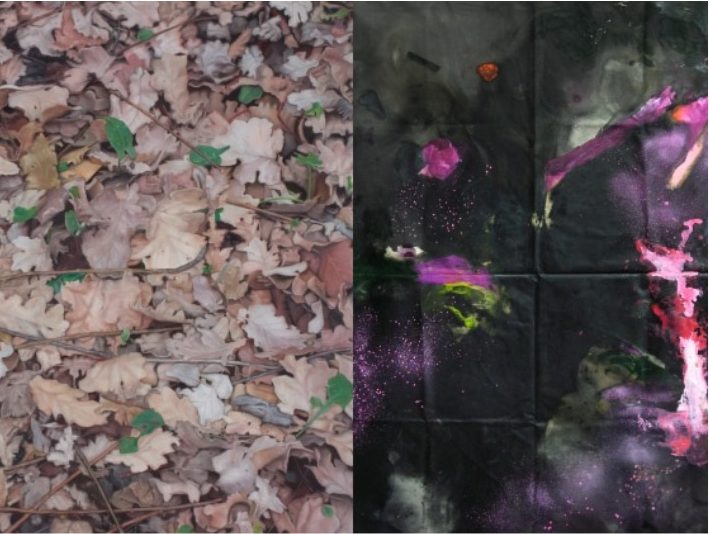The Italian Cultural Institute of Belgrade presents Luigi Di Sarro. Theater in the form of photography, an exhibition dedicated to Luigi Di Sarro, an artist active in the Sixties and Seventies, a period that today is being brought to the attention of critics for the innovative thrusts brought to contemporary art. The exhibition, organized on the occasion of the forty-year anniversary of the artist’s death in collaboration with the Documentation Center of Contemporary Artistic Research Luigi Di Sarro, is curated by Prof. Lorenzo Mango of the University of Naples “L’Orientale” and will be opened at the Italian Cultural Institute of Belgrade on October 3rd 2019 at 6.30 pm, where it will remain on show until October 22nd.
IIC Belgrade participates with this event in the Day of the Contemporary, promoted by AMACI that in the last editions, with the collaboration started by the Mibac with Maeci, also involves Embassies, Consulates and Italian Cultural Institutes abroad in organizing events for the enhancement of contemporary Italian art and culture.
The inauguration will be preceded by the presentation of the book by Carla Cucchiarelli That night in Rome, a biography of the artist who died prematurely, only thirty-seven in 1979, killed for a fatal misunderstanding in the tense climate of the Seventies in Italy.
The international promotion project linked to the forty years from the death, is inspired by an intuition of the same Di Sarro – who in a pen drawing had indicated places on the terrestrial globe “Rome, New York, Tokyo and … who knows where” -, was promoted and realized in numerous locations abroad and after the Belgrade stop will continue for other exhibitions in the world.




